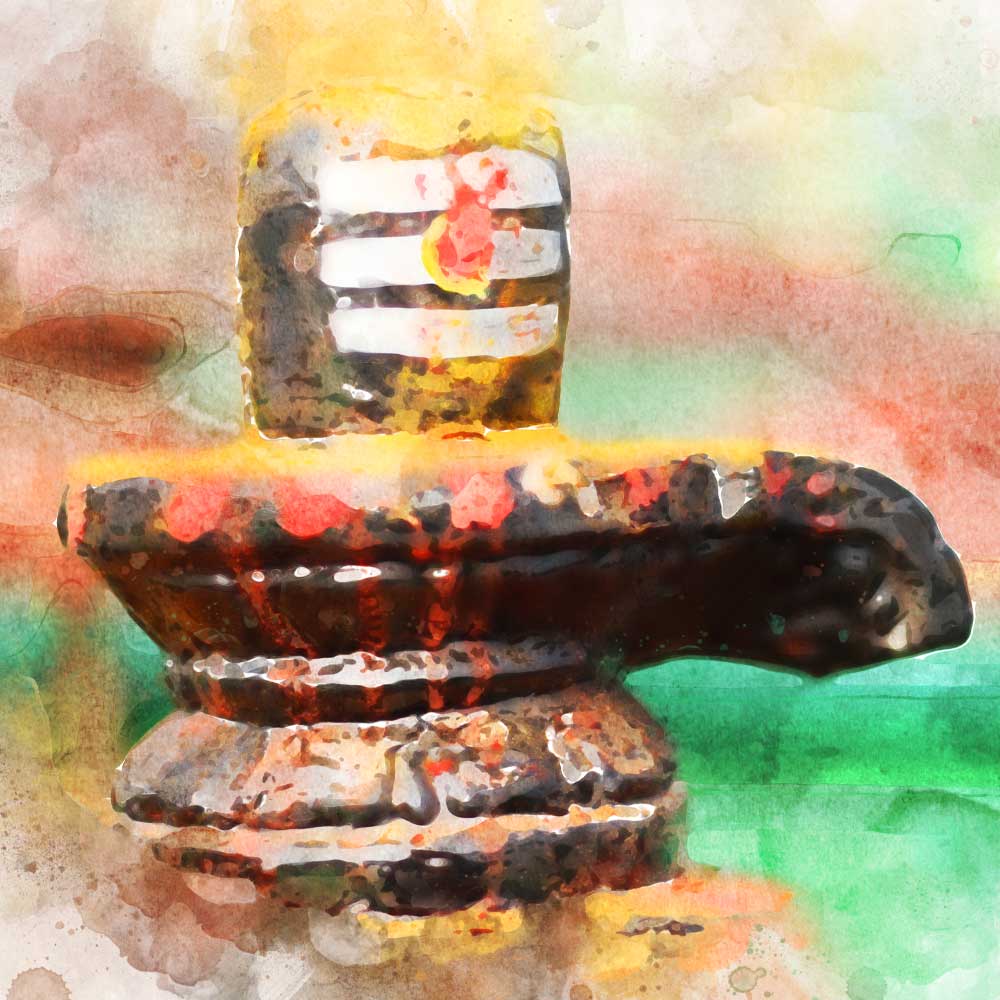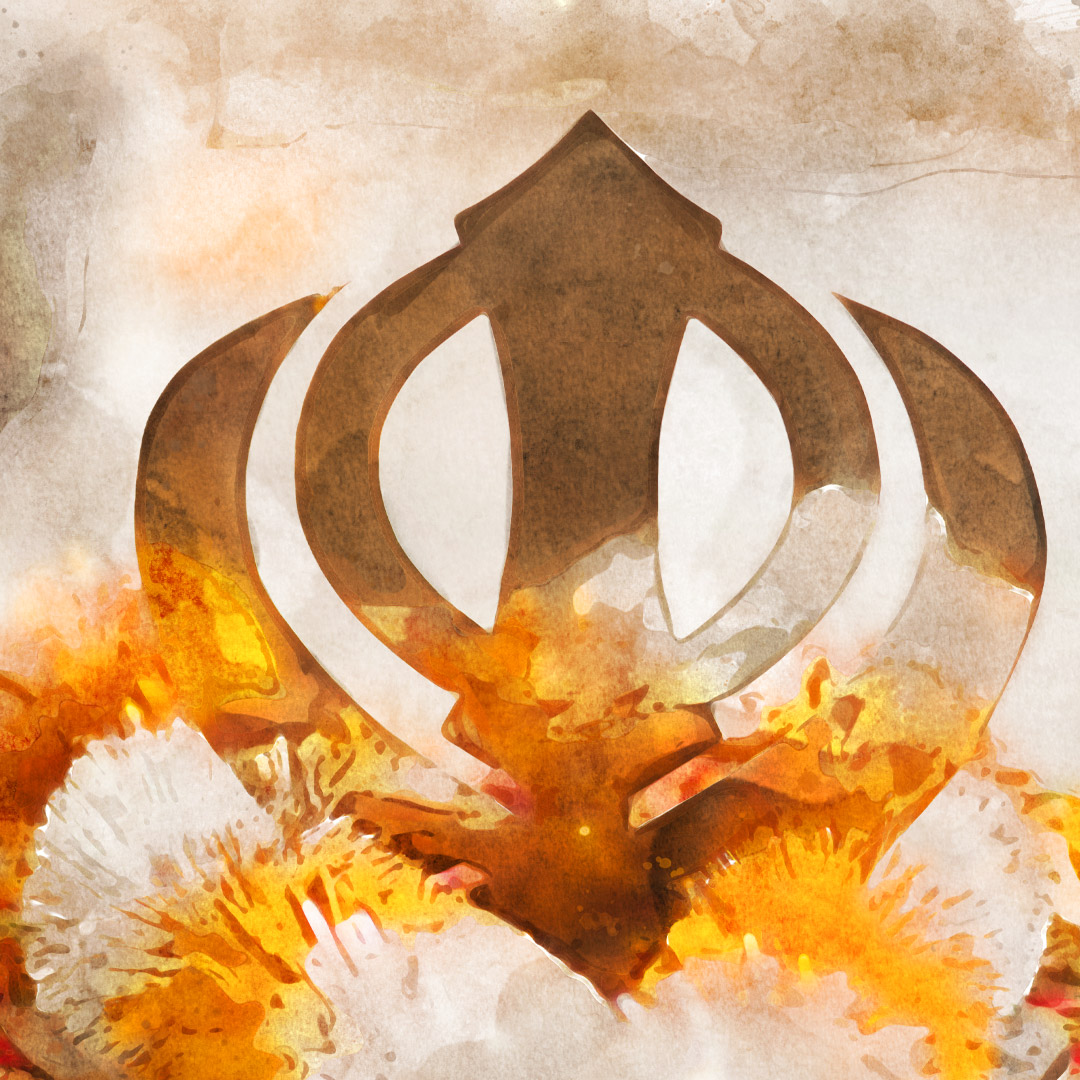Chant in Sanskrit | Chant in English transliteration | Chant Meaning | Benefits of the chant | History of the chant | Important information about the chant
One of the most iconic chants in India, this mantra is often used for self-realization. It may also help clear negative energies around you.
Chant in Sanskrit
ॐ नमः शिवाय
Chant in English transliteration
Om Namah Shivaya
Meaning of the chant
“O salutations to the auspicious one!”, or
“Adoration to Lord Shiva”, or
“Universal consciousness is one”
Benefits of the chant
This mantra is used often to understand yourself. Chanting this can potentially lead to self-realization. The vibrations of the mantra come from the depths of the soul. It is believed that this mantra can temper the ego and any animosity. It should be recited multiple times while sitting crossed-legged with a straight posture, and ideally early in the morning in the outdoors.
A study(1) revealed that it can help enhance cognitive function, deduce distractibility, and prevent migrations. Another study(2) revealed that chanting this mantra 108 times in the morning for 40 days can reduce depression, stress scores, and anxiety. Moreover, a third study(3) confirmed that it can reduce heart rates and pulse rates for better health.
The chant contains five syllables and calls to the five elements present in nature: air, water, fire, earth, and sky. This mantra offers the most powerful way to be one with the universe. Many believe that its transcendental powers can lift you up and connect you to Lord Shiva. It is believed that even the most sinful person who chants this mantra with dedication can be cleansed of their sins. Any negative energy around you may also be cleansed.
History of the chant
This chant was first found in the Krishna Yajurveda. This particular hymn appears as the eight hymn in the book called Taittiriya Samhita. In the first appearance, it does not mention Shiva; instead, it mentions Lord Rudra, who later became Shiva. This chant has also appeared in the Shukla Yajurveda in the fifth chapter. A Tamil scripture called Tirumantiram also explains the meaning of this mantra. It makes an appearance in the Shiva Purana and in the Tamil hymn Tiruvackam.
Important information about the chant
This chant is considered to be the most iconic chant in India, dating back thousands of years. It worships Lord Shiva, the god of destruction. This chant does not require any ceremonies or rituals to call upon its powers. It requires continuous chanting and concentration with a straight posture while seated in a quiet place that is preferably outdoors. The vibrations that are created after repeating the mantra over and over again put you at ease. The most typical way to chant this mantra is to repeat it 108 times a day while keeping count on rudraksha beads.
References
- A comparative study of frequencies of a Buddhist mantra – Om Mani Padme Hum and a Hindu mantra -Om Namah Shivaya: https://www.researchgate.net/publication/301680304_A_comparative_study_of_frequencies_of_a_Buddhist_mantra_-_Om_Mani_Padme_Hum_and_a_Hindu_mantra_-Om_Namah_Shivay
- Impact of Signal Energy from Vedic Chanting on
Human Neurological System: https://www.ijitee.org/wp-content/uploads/papers/v9i2s3/B10241292S319.pdf - EFFECT OF CHANTING SHIVA PANCHAKSHARI MANTRA (OM NAMAH SHIVAYA) 108 TIMES ON HEART RATE VARIABILITY ON HEALTHY MEDICAL STUDENTS: https://www.ejbps.com/ejbps/abstract_id/5138
-
-






